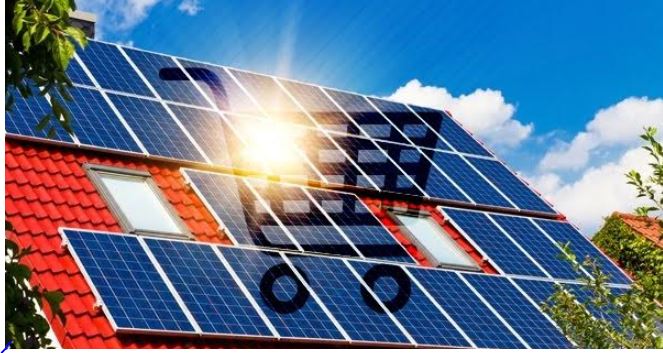

As India continues to work towards its ambitious target to reach 175 GW of renewable energy by 2022, the solar sector has suddenly screeched to a slowdown, from conditions that were almost euphoric just a year back. While there can be debates about the introduction of Safeguard duty which played a real dampener to the growing solar sector, perhaps nothing has weighed down hopes as much as the inexorable squeeze on prices placed by the government. Starting with the shift to a tender system and removal of key subsidies, the government has behaved like a customer keen to save every paise it can. But when the main buyer sets the rules for pricing, the outcome will rarely be pleasant, as the industry is finding.
Spoilt perhaps by the huge drop in prices from Rs 5 plus levels of 2016 to Rs 2.44 per unit by early 2018, the government finally went for price ceilings, which turned out to be the final straw, as far as profitability went. Today, most industry insiders we spoke to claim that bids of Rs 2.5 and the like were as low as it could get, and to grow and make decent profits, nothing below Rs 2.85 or higher can work. And that’s a level where they will cover their cost of capital in some cases.
However, there are enough indications that solar especially continues to flourish elsewhere. And guess what? It’s at much higher prices than the price ceilings in India. Is it any surprise that even the poster boys of the industry, like ReNew Power are expanding outside? Let’s consider the facts.
Rates of bidding in countries (Average rates between Jan-August, 2018)
| Countries | Rate/kWh | INR |
| Germany | € 0.05 | Rs 3.79 |
| Vietnam | $ 0.0935 | Rs 6.66 |
| US | $0.059 | Rs 4.20 |
| Australia | $0.05 | Rs 3.55 |
| China | ¥0.52 | Rs 5.71 |
| Africa | 5.4¢ | Rs 3.80 |
| France | 0.582 Euro Cents | Rs 4.75 |
Read: The case of the missing bidders and SECI’s Manufacturing-Linked Solar Tender
From the table given above, it is clear why solar developers with international operations like Azure Power are cooling off in India. The ministry of new and renewable energy which has put a ceiling on India’s solar power tariffs at ₹ 2.5 without safeguard duty and ₹ 2.68 per unit with safeguard duty for developers using domestic, and imported solar cells and modules. The world’s biggest solar market and India’s neighbour, China pays its developers over Rs 5, while Germany and France who enjoy the lowest tariff in Europe, are still bidding out capacity at over Rs 3 and Rs 4 to its solar developers. Only Australia shows the rate of Rs 3.55 which is the lowest yet, it is one whole rupee more than the set tariff by MNRE. That is close to 37% higher than Indian rates.
Read: SECI’s 1.2 GW Hybrid Tender Undersubscribed by 150 MW
At IamRenew, we have repeatedly stressed on the need to ensure fair competition over crude methods like price ceilings. And the need to consider the price pressure beyond just the generation costs of solar. The end price is much higher due to many other inefficiencies in the system, be it distribution, imperfect subsidies for large consumer segments like farming and much more. Those problems are not going anywhere without a serious will to fix them, and placing the burden of lower end prices by forcing down lower bids on renewables can only take us so far.
Word keeps coming of the government’s efforts to get the discoms in line, be it on account of their overdues which have crippled large parts of the power sector, or meeting their renewable purchase obligations where most have slipped up, or even meeting their contractual obligations as per the PPA’s, which some have tried to renegotiate. Now with tariff ceilings relaxed for two tenders or avoiding to put a clause in the recent UP tender, we hope the sector will gradually get its sheen back.
1. The mandate for blending Compressed Biogas (CBG) with natural gas has come into effect…
Andhra Pradesh is striving towards greening its energy sector with quite some speed. In a…
With an objective to bolster India’s green energy goals, a Tripartite Agreement has been signed…
The Union MNRE Minister Pralhad Joshi launched the Green Hydrogen Certification Scheme of India (GHCI)…
India’s energy conglomerate Bharat Petroleum Corporation Limited (BPCL) has commissioned a 5MW green hydrogen plant…
In a historical development, the European Space Agency (ESA) has successfully launched its pioneering ‘Biomass’…